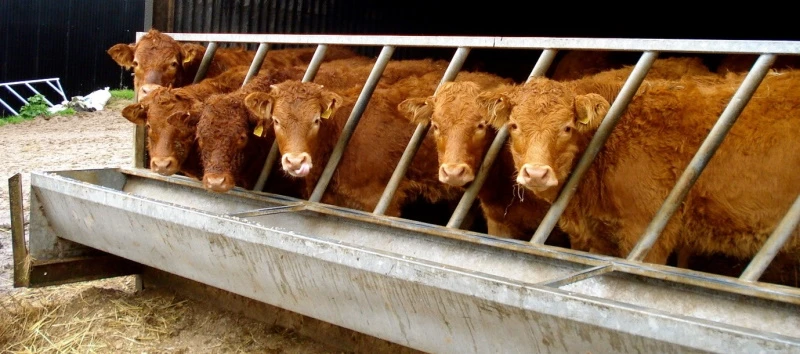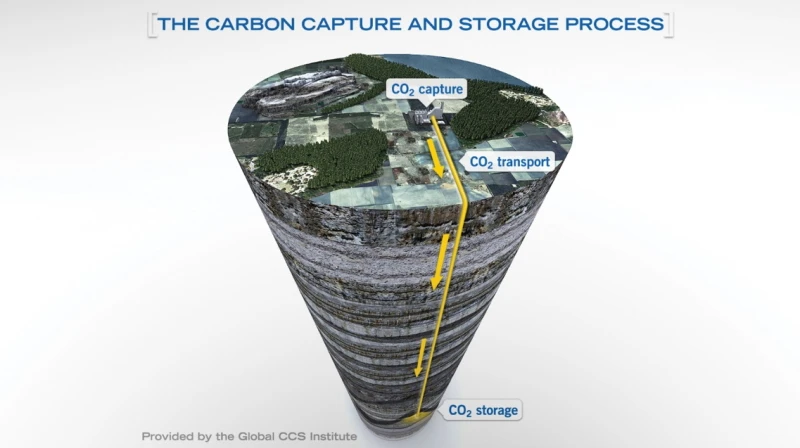免责声明
荷宝私募基金管理(上海)有限公司及其关联公司(“荷宝”)授予您访问本网站的权利, 但您需遵守以下条款和条件。请您仔细阅读以下条款和条件。
访问本网站及其任何页面, 即表示您声明并保证您所在司法管辖区的适用法律和法规允许您访问该信息, 并且您已同意以下条款和条件。如果您不同意这些条款和条件, 请不要访问本网站。 荷宝保留更改该等条款和条件的权利, 您应当定期查看此类更改, 您继续使用本网站即表示同意所有此类更改。
本网站上的任何内容均不构成税务、会计、监管、法律、保险或投资建议。本网站所载的信息或任何意见均不构成荷宝对买卖任何证券、期货、期权、基金或其他金融工具的招揽或要约, 并且若在任何司法管辖区内, 根据其适用法律, 此类要约、招揽、购买或出售是违法的, 也不得向任何人提供或出售任何此类金融工具。
限制
本网站不针对由于任何原因本网站被禁止发布或使用的司法管辖区内的人士, 任何适用此类禁令的人士不得访问本网站。访问本网站的用户有责任遵守适用法律法规。
信息与材料
这些页面中包含的信息, 材料, 条款, 条件和说明可能会有所变化。本网站包含的信息和材料, 包括但不限于文本, 图形, 链接或其他项目, 均为“现有”或“现存”信息。
荷宝尽合理努力在本网站中提供准确和最新的信息。但是荷宝不保证此信息和材料的准确性, 充分性或完整性, 并明确表示不对此类信息和材料中的错误或遗漏承担责任。您必须自己评估本网站所含信息的相关性, 准确性和充分性, 并进行您认为必要或适当的独立调查, 以进行此类评估。本网站包含的任何意见或估计均为一般性的, 您不得依赖其作为建议。
荷宝及其任何雇员或代理均未对您或任何特定人士或群体的投资目标, 财务状况或特殊需要进行任何考虑或调查。因此, 对于因您或任何人士或群体根据本网站包含的任何信息, 意见或估价而直接或间接造成的任何损失, 荷宝不作任何保证, 也不承担任何责任。
用于编制本网站的任何研究或分析均由荷宝获得, 供其自行使用, 并且可能是出于其自身目的而采取的行动。荷宝保留随时更改和更正意见、本网站及相关材料和链接的权利, 恕不另行通知。
不保证: 限制与责任
荷宝提供本网站的信息及材料, 但不作出与此相关的任何保证, 无论是明示的, 暗示的或法定的保证, 包括但不限于不侵犯第三方权利, 所有权, 适销性, 适用于特殊用途, 或免于计算机病毒的保证。
对于通过使用或访问本网站可能导致的任何形式的损失或损害, 包括直接的、间接的或后果性的损害, 荷宝均不承担责任。
互联网用户应该意识到, 由于我们无法控制的情况,
互联网上的通信可能会受到干扰、传输中断、数据传输延迟或错误的影响。荷宝明确表示不对中断、缺陷、操作或传输延迟、计算机病毒或系统故障,
或与本网站提供的信息和材料中的任何错误或遗漏承担责任。此外, 对于与本网站、使用或无法使用本网站有关或由此引起的任何损失或损害,
或任何未经授权方和任何计算机病毒篡改用户计算机系统的行为, 荷宝均不承担责任。
Sustainable Investing
Net zero emissions
Net zero emissions, or carbon neutrality, occurs when an entity has reduced greenhouse gas emissions to the maximum possible level so that the residual emissions can be neutralized by carbon removal. The concept of it was framed by the Intergovernmental Panel on Climate Change (IPCC) in 2018 as the principal means of meeting the Paris Agreement of 2015. This seeks to limit global warming to a maximum of 2 degrees Celsius above pre-industrial levels by 2100, and ideally to 1.5 degrees.
To do this, the world needs to become carbon neutral by 2050. This has promoted an increasing number of nations, companies and investors including Robeco to pledge to achieve net zero emissions by this date.1 This goal was strengthened by commitments made at the COP26 climate summit, although not all nations are targeting 2050 – China, which is heavily reliant on coal, says it aims to achieve this by 2060.
Robeco signed the Net Zero Asset Manager Commitment in December 2020 and published a roadmap in October 2021 explaining how this can be achieved.2 The roadmap is based on three pillars; decarbonizing all assets by an average of 7% a year; accelerating the transition through active ownership, and promoting climate-aligned investing. This includes the launch of some pioneering strategies that were among the first to align bond investing with a Paris Agreement-aligned benchmark.
Fundamental shift
Reaching net zero requires massive decarbonization and a fundamental shift away from the use of fossil fuels in power generation towards renewables that have zero emissions. It is a far harder task that it appears, since some industries are better able to decarbonize than others. For energy companies and utilities, for example, it is a fairly straightforward issue of replacing fossil fuel sources with renewables as more wind and solar capacity comes online.
However, it is much more difficult for industries such as plastics and clothing to substitute oil-based ingredients for something carbon neutral that works just as well. While the auto industry can switch to electric vehicles, current technology means battery power does not work for commercial aircraft. It is also sometimes necessary to create more emissions, such as in the construction of more energy-efficient buildings, in order to save them longer term.
A significant generator of emissions comes from farm animals, particularly cattle bred for beef, which generates as much as 14.5% of all greenhouse gases.3 Reducing this to achieve net zero requires the world to eat less meat and dairy products, significantly changing diets in the West.

Commercial cattle are a major source of emissions.
Net means net
A key point is that achieving net zero does not mean banishing all emissions, which is virtually impossible to achieve. It means decarbonizing until as many avoidable emissions have been removed as possible, such as by replacing coal with wind power. The residual emissions can then be neutralized through either natural or artificial means.
The most obvious natural way of removing carbon naturally is through carbon sinks such as forestry. One report suggested that planting one trillion trees in undeveloped areas of the world identified as being suitable for forestry – a land area that is three times the size of the US – could create a carbon sink big enough to potentially end global warming.4
Meanwhile, deforestation acts as a double whammy for emissions. It not only removes trees that act as a natural carbon sink; cutting down the tree releases the carbon that it had collected over its lifetime and returns it to the atmosphere. This accounts for about 15% of all greenhouse has emissions; if trees are burned instead of felled, then this can be even higher.5
Carbon capture and storage
Removing carbon artificially can be done through Carbon Capture and Storage (CCS). This uses several technologies, including emissions absorption, chemical looping and membrane gas separation. In order for CCS to be effective, concentrated emissions are necessary.
A carbon capture system placed on top of a factory, for example, works very well and is fairly cost efficient. There are now 135 commercial CCS facilities in the world of which 27 are fully operational, according to the Global CCS Institute.6 They operate in a diverse range of sectors including cement, steel and power generation. Once captured, the carbon can be safely shipped away and stored deep underground.
However, this method cannot easily be applied to CO2 present more generally in the atmosphere, and the wide-scale application of CCS necessary to make an impact on climate mitigation is many years away. Investors subsequently view carbon capture as not currently having the scale to make a noticeable difference on global emissions, though it does offer more localized solutions.

Source: Global CCS Institute.7
Negative emissions
Negative emission technology goes further by actually removing CO2 from the atmosphere. A simple way of doing this is by growing biomass fuels to use for energy and then using CCS to capture the emissions when it is burnt. This leads to a net loss of emissions, since the biomass will absorb some CO2 while it is growing, and the emissions from burning it won’t re-enter the atmosphere.
A more advanced method is through Direct Air Capture and Carbon Storage (DACCS), in which air passes over liquid or solid absorbents which remove the CO2 so that it can be filtered and stored. The first DACCS plant installed in Switzerland in 2017 can remove 990 tons of CO2 from the atmosphere per year.8 Its main drawback is that the technology is expensive and too small to make a global difference.
1 https://www.robeco.com/en-int/insights/2020/12/robeco-commits-to-net-zero-carbon-ambition-by-2050
2 https://www.robeco.com/en-int/insights/2021/10/robeco-publishes-roadmap-to-net-zero-emissions
3 https://www.fao.org/news/story/en/item/197623/icode/
5 https://www.scientificamerican.com/article/deforestation-and-global-warming/
6 https://www.globalccsinstitute.com/resources/global-status-report/
7 https://www.globalccsinstitute.com/resources/ccs-image-library/
8 https://unfccc.int/sites/default/files/resource/28_EASAC%20Report%20on%20Negative%20Emission%20Technologies.pdf
















